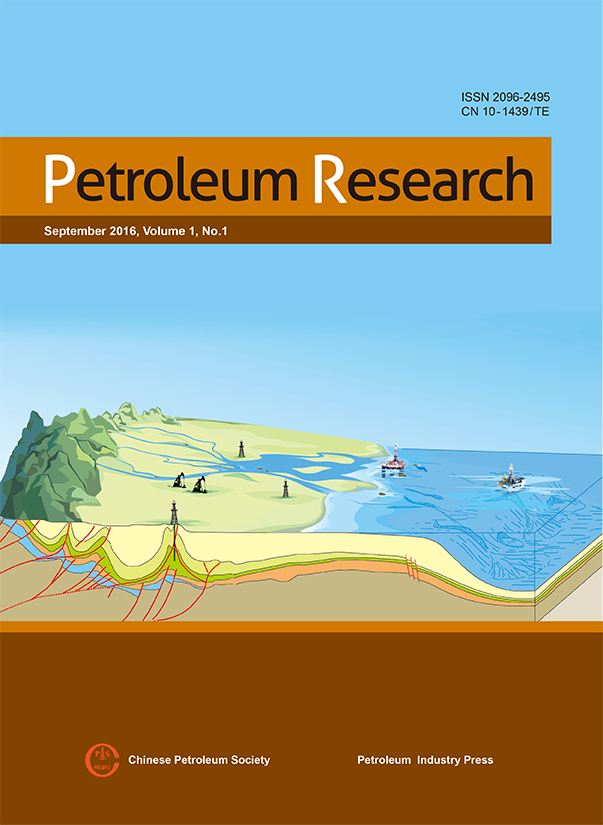Characteristics and origin of high-quality lacustrine carbonate reservoirs in the gentle slope area of the Qikou Sag, Bohai Bay Basin
Youxing Yang1*, Zhenkui Jin2 and Baishui Gao2
1Oil & Gas Survey, China Geological Survey, Beijing 100029, China
2College of Geosciences, China University of Petroleum, Beijing 102249, China
Received February 4, 2016; Accepted August 12, 2016
Lacustrine carbonate reservoirs in the gentle slope (ramp) area of Qikou Sag are highly heterogeneous. Some researches about characteristics and distribution of these high quality reservoirs are less. In this study, an integrated investigation was conducted on the high-quality lacustrine carbonate reservoirs in the ramp area of Qikou Sag based on data of thin section examination, lithological log response, testing results, and mercury-injection capillary pressure measurement. In the study area, grainstone reservoirs in the lower 1st member of the Shahejie Formation are high-quality reservoirs characterized by high - medium porosity, moderate permeability, low displacement pressure, and relative large pore throat. Lithologically, these reservoirs are mainly composed of bioclastic and oolitic sparite, and reservoir storage space consists of secondary intergranular dissolved pores and fractures. Hydrodynamic conditions generally control distribution of these reservoirs, as limestone grains filled intergranularly with sparry calcite cement are usually formed under strong hydrodynamic conditions. Sparry calcite cemented limestone is subject to late dissolution with abundant soluble substances, which is one of the direct causes for the well developed secondary dissolved pores. Oolitic bank and bioclastic bank are under high-energy hydrodynamic conditions with the best reservoir petrophysical properties. Rims of beach bars are usually in an intermittently-turbulent highly-hydrodynamic environment with medium reservoir petrophysical properties. Lake bays and supratidal zones are under low-energy tranquil hydrodynamic conditions, with poor reservoir petrophysical properties. During late diagenesis, large quantities of organic acid and slightly acidic water were released from surrounding shale and migrated along the top unconformity of the 3rd member of the Shahejie Formation, resulting in development of numerous secondary dissolved pores in carbonate reservoirs, which is the main cause of high-quality reservoir formation in the sag. Additionally, early charge of hydrocarbons restrained occurrence of authigenic minerals and metasomatism of calcite, and thus promoted excellent preservation of dissolved pores.123111
CITE:

Supervised by
China Association for Science and Technology
Sponsored by
Chinese Petroleum Society
Petroleum Industry Press Co., LTD
Edited by
Editorial office of Petroleum Research
No 6 Liupukang Street, Xicheng District
Beijing, 100724, China
Published by
Petroleum Industry Press Co., LTD.,
No 1 Building, Block 2, Andingmenwai Street,
Beijing, 100011, China
Editor-in-Chief Jia Chengzao
Deputy Editor-in-Chief Liu Keyu
ISSN 2096-2459CN 10-1439/TE

